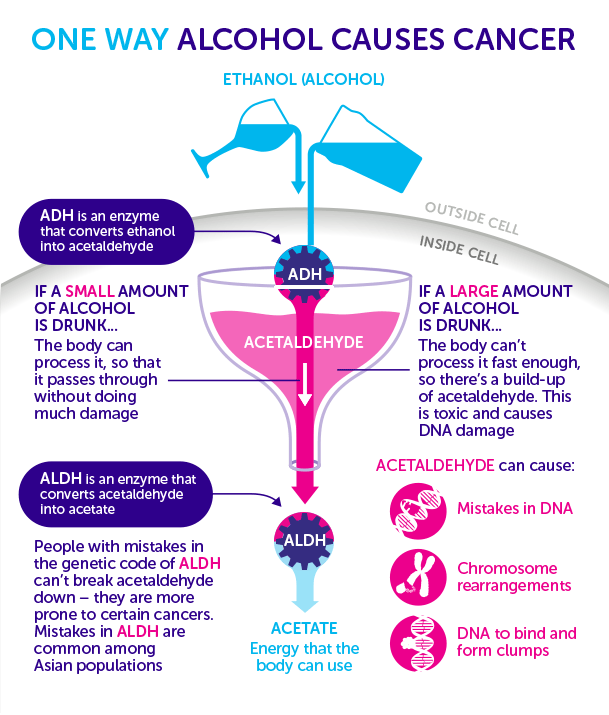Delve into the science behind alcohol metabolism and discover why getting drunk is more than just a state of mind.
Table of Contents
Have you ever wondered how many beers it takes to get drunk? It’s a question that has crossed the minds of many individuals, whether out of curiosity or concern for their own alcohol consumption. Understanding the science behind alcohol metabolism, individual tolerance levels, and the various factors influencing intoxication can shed light on this intriguing question.
Alcohol Metabolism
When you consume alcohol, it is absorbed into your bloodstream through the stomach and small intestine. From there, it travels to the liver, where the process of alcohol metabolism begins. The liver breaks down alcohol into different components, primarily through the enzymes alcohol dehydrogenase and acetaldehyde dehydrogenase. These enzymes help convert alcohol into acetaldehyde, then into acetate, which is eventually broken down into water and carbon dioxide.
Several factors can influence how quickly your body metabolizes alcohol. Age plays a role, as younger individuals tend to metabolize alcohol more quickly than older individuals due to differences in liver function. Gender also matters, with women typically metabolizing alcohol more slowly than men due to lower levels of alcohol dehydrogenase. Additionally, overall liver health and genetics can impact alcohol metabolism.
Individual Tolerance Levels
One of the key factors that determine how many beers it takes to get drunk is individual tolerance levels. Tolerance refers to the body’s ability to handle and process alcohol before feeling intoxicated. Some people may have a higher tolerance, allowing them to consume more alcohol before feeling the effects of intoxication, while others may have a lower tolerance and feel drunk after just a few drinks.
Factors influencing individual tolerance levels include genetic predisposition, frequency of alcohol consumption, body weight, and overall health. It’s important to recognize that tolerance can change over time, with regular drinkers often developing a higher tolerance than occasional drinkers. Understanding your own tolerance level is crucial for practicing responsible drinking and avoiding overconsumption.
Factors Influencing Intoxication
Several external factors can influence how quickly and intensely you feel the effects of alcohol. One significant factor is food consumption. Eating before or while drinking can slow down the absorption of alcohol into the bloodstream, reducing the likelihood of feeling drunk quickly. Staying hydrated by drinking water between alcoholic beverages can also help mitigate the effects of alcohol.

Image courtesy of blog.dana-farber.org via Google Images
Mixing different types of alcohol, such as beer, wine, and spirits, can lead to increased intoxication due to variations in alcohol content and beverage volume. The rate of alcohol consumption, the presence of carbonation in drinks, and other substances in alcoholic beverages can also impact intoxication levels. Understanding how these factors influence intoxication can help you make informed decisions about your alcohol consumption.
Conclusion
As we’ve delved into the science behind alcohol metabolism, individual tolerance levels, and the various factors influencing intoxication, it becomes clear that the question of how many beers it takes to get drunk is not a simple one-size-fits-all answer. Your own body chemistry, tolerance level, and the circumstances surrounding your drinking can all play a role in determining your level of intoxication.
By understanding these factors and practicing responsible drinking habits, you can enjoy alcohol in a safe and moderate manner. Knowing your limits, staying informed about the effects of alcohol on your body, and being mindful of external influences can help you make informed choices about when and how much to drink.
How does age affect alcohol metabolism?
Age can impact alcohol metabolism, with younger individuals metabolizing alcohol more quickly than older individuals due to differences in liver function. As you age, your body’s ability to process alcohol may decline, leading to a longer period of intoxication.
Can genetics influence alcohol tolerance levels?
Yes, genetics play a role in determining individual tolerance levels to alcohol. Some people may have genetic variations that affect how their bodies process alcohol, leading to differences in tolerance levels. Understanding your genetic predisposition can help you make more informed decisions about alcohol consumption.
Why does eating before drinking alcohol affect intoxication levels?
Eating before drinking can slow down the absorption of alcohol into the bloodstream, as food helps to line the stomach and delay alcohol entering the bloodstream. This can reduce the rapid onset of intoxication and help maintain a more moderate level of alcohol in the body.
How can hydration impact alcohol intoxication?
Staying hydrated by drinking water between alcoholic beverages can help mitigate the effects of alcohol. Water can help dilute the alcohol in your system, reducing the concentration of alcohol in the bloodstream. Proper hydration can also help prevent dehydration, a common side effect of alcohol consumption.
Generated by Texta.ai Blog Automation


Leave a Reply